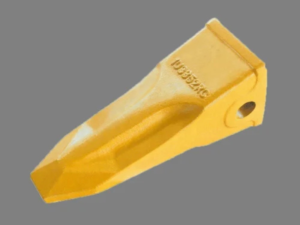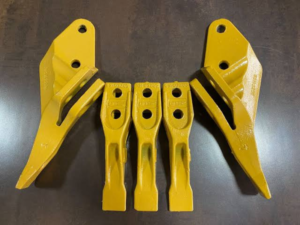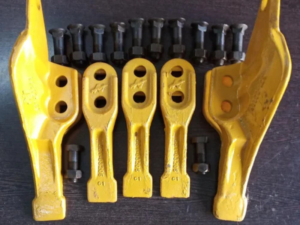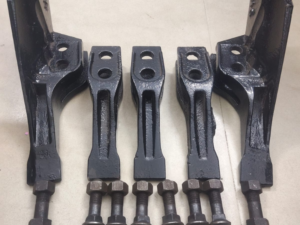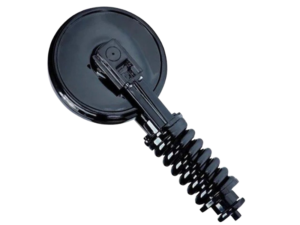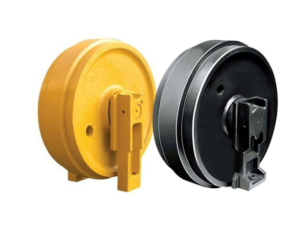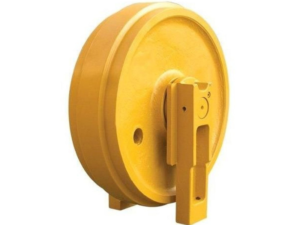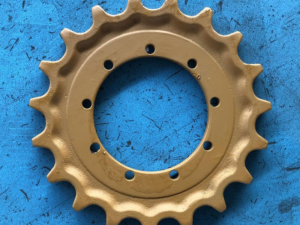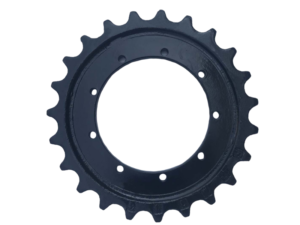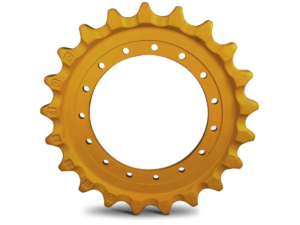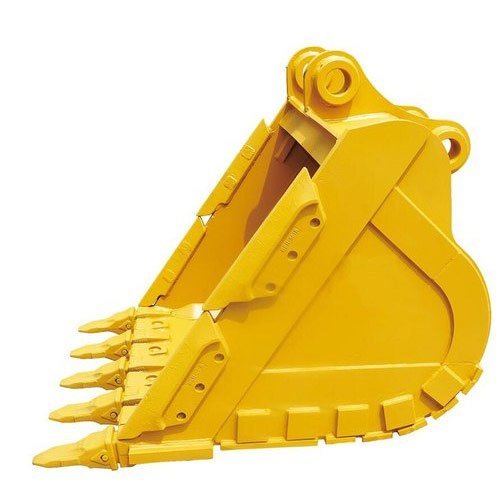
When it comes to tackling heavy-duty excavation, demolition, or site clearing jobs, the rock bucket is one of the most essential attachments for your skid steer or excavator. Designed to handle tough materials like rocks, debris, and large chunks of earth, a rock bucket can dramatically improve productivity on-site. However, selecting the right rock bucket size for your project is critical. An ill-suited bucket can lead to inefficiencies, increased wear and tear, or even equipment damage.
This guide will help you understand how to choose the ideal rock bucket size for your project needs.
Choosing the correct size isn’t just about capacity—it impacts the overall efficiency and safety of your operation. The size of your rock bucket determines:
✅ How much material you can move at once
✅ The type of rocks or debris it can handle
✅ How well it matches your machine’s lifting capacity
✅ Fuel efficiency and operating costs
A bucket that’s too small means more passes and wasted time. One that’s too large could overload your machine and risk structural damage.
Are you clearing a field of scattered rocks, loading large boulders, or screening finer debris?
Light clearing or landscaping – Smaller rock buckets (60–72 inches) are ideal for landscaping, removing small rocks, and leveling soil.
Heavy-duty demolition or quarry work – Larger rock buckets (80 inches and above) with reinforced tines and high capacity can handle bigger chunks of material and heavier loads.
Your skid steer, loader, or excavator has limits. Check:
Operating load and tipping load – Don’t exceed the rated capacity.
Hydraulic power – Larger buckets require more force to penetrate piles and lift loads.
Attachment mounting type – Ensure the rock bucket fits your quick attach system or coupler.
A mismatch could lead to faster wear on the arms, pins, and hydraulics—or worse, equipment failure.
The width of the rock bucket determines how much ground you can cover in one pass.
Match the bucket width to your machine’s wheel or track width.
Avoid excessively wide buckets on smaller machines—they may reduce maneuverability and increase strain on components.
A 72-inch rock bucket is a popular all-purpose size for mid-range skid steers, while larger 84-inch buckets are preferred for high-capacity loaders.
| Size | Best For |
|---|---|
| 60–66 inches | Compact skid steers, landscaping, light materials |
| 72 inches | Mid-sized machines, general purpose work |
| 80–84 inches | Large skid steers, heavy-duty rock and debris |
| 96 inches & above | Excavators, large-scale quarry or demolition work |
Size isn’t everything. When choosing a rock bucket, look for design features that match your application:
Tine spacing – Narrow spacing (2–3 inches) for smaller rocks and debris; wider spacing (4–6 inches) for larger rocks.
Reinforcements – Heavy-duty steel, wear-resistant edges, and gussets extend lifespan.
Capacity – Consider cubic yard capacity for high-volume jobs.
🔹 Avoid overloading – Stick to your machine’s rated operating capacity.
🔹 Inspect regularly – Check for cracks or bent tines after heavy use.
🔹 Use in appropriate conditions – Wet, sticky materials may require a different bucket type.
The right rock bucket can save time, reduce machine strain, and help you complete your project efficiently. Take time to evaluate your project needs, machine specifications, and bucket design before making a choice.
If you’re unsure, consulting with an experienced equipment supplier or manufacturer can help you select the perfect rock bucket for your machine and workload. Remember, the right size is not just about “bigger is better”—it’s about balance, compatibility, and efficiency.
